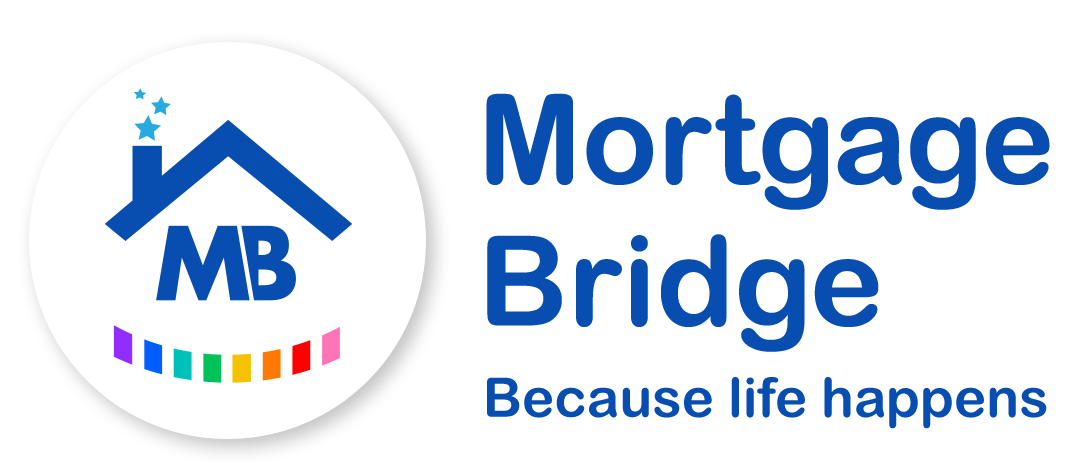A Comprehensive Guide: Mortgage Types and Rates for Bad Credit
Introduction
Obtaining a mortgage with bad credit can be a challenging endeavour, but it’s not an impossible task. Bad credit can result from various factors, such as missed payments, defaults, or county court judgements (CCJs). Mortgage lenders offer a range of mortgage types and rates for individuals with less-than-perfect credit histories. This blog post will explore these options and help you make informed decisions if you’re looking to secure a mortgage with bad credit.
1. Understanding bad credit
Before delving into the mortgage options available for individuals with bad credit, it’s essential to understand what bad credit means. Bad credit refers to a credit history that includes a record of financial mismanagement, such as late payments, defaults on loans, or a history of bankruptcy. Lenders use credit scores to assess the risk associated with a borrower. A lower credit score indicates a higher risk for the lender.
2. Bad credit mortgages
Bad-credit mortgages are specifically designed for borrowers with less-than-ideal credit scores. These mortgages typically come with higher interest rates and fees to compensate for the added risk. While bad-credit mortgages may be a viable option for those with bad credit, it’s crucial to carefully consider the associated costs and be prepared to pay more in interest over the life of the loan.
3. Specialist bad credit lenders
Some lenders specialise in providing mortgages to individuals with bad credit. These specialist lenders often take a more holistic approach to underwriting, considering factors beyond credit scores. They may be willing to work with borrowers who can demonstrate an improved financial situation or a strong ability to make future mortgage payments. Interest rates from specialist lenders can still be higher than those offered to borrowers with excellent credit, but they may be more competitive than subprime mortgages.
4. Guarantor Mortgages
A guarantor mortgage allows a family member or close friend with a good credit history to co-sign the mortgage agreement. The guarantor becomes responsible for the mortgage payments if the primary borrower defaults. This arrangement provides lenders with additional security, making them more willing to lend to individuals with bad credit. Guarantor mortgages can offer better interest rates than subprime loans.
5. Short-Term Solutions
In some cases, individuals with bad credit may opt for a short-term solution, such as a bridging loan or a second mortgage. These solutions can provide immediate financing but should be considered with caution. They often come with higher interest rates and fees, and borrowers should have a clear plan to transition to a conventional mortgage with better terms in the future.
6. Improving Your Credit Score
Before applying for a mortgage with bad credit, consider taking steps to improve your credit score. Reducing outstanding debts, making on-time payments, and addressing any errors on your credit report can help boost your creditworthiness. Even a small increase in your credit score can lead to better mortgage rates and terms.
Conclusion
Securing a mortgage with bad credit is not an insurmountable challenge, but it does require careful planning and consideration. Exploring subprime mortgages, specialist lenders, guarantor mortgages, and short-term solutions can provide a range of options. However, it’s essential to weigh the associated costs and consider strategies to improve your credit score over time. With determination and the right guidance, individuals with bad credit can find mortgage solutions that suit their needs.


